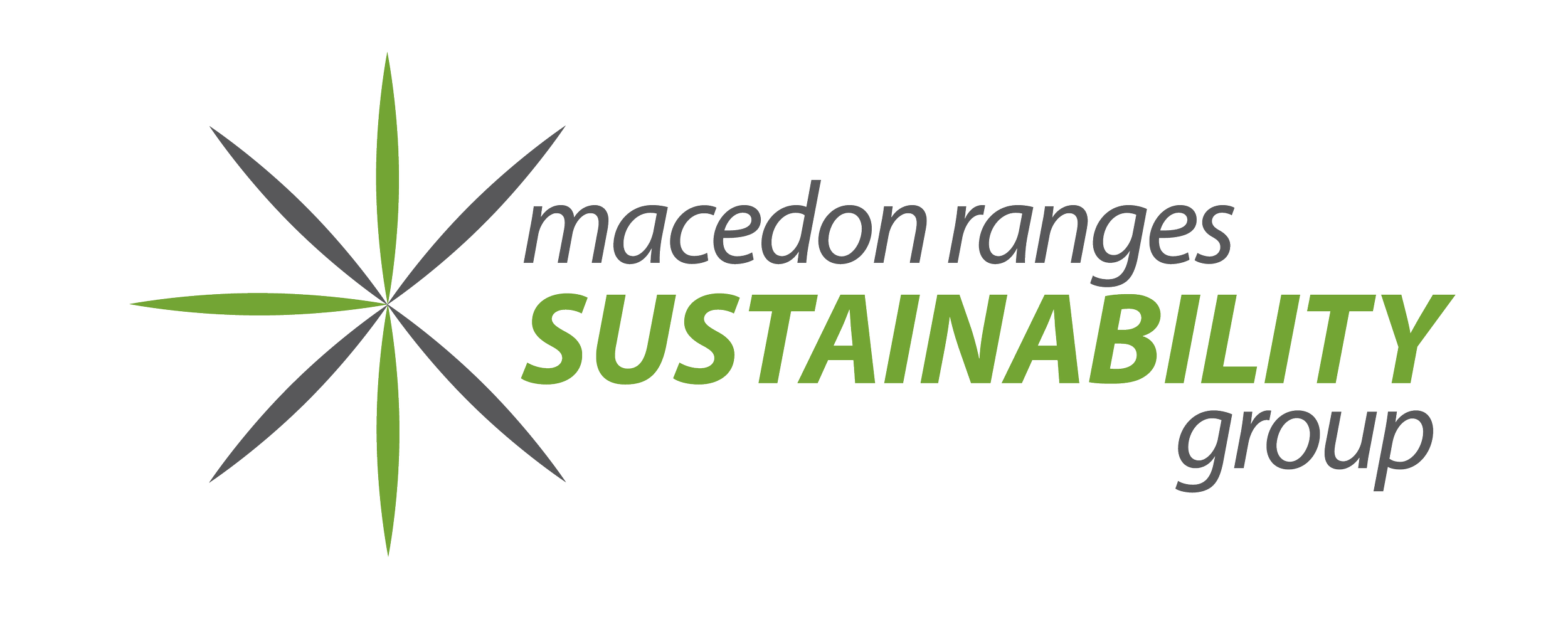What is a resilient home?
Resilience. It’s a word we’ve heard a lot over the last couple of years and lately, reflecting on the Covid pandemic and the June storms, I’ve been considering the role of our homes in resilience: How do our homes contribute to our resilience? What makes a home resilient? And how does that relate to sustainability?
“Resilience” expresses the ability to recover from difficulties or challenging situations.
“Simple resilience” for buildings would mean that the fabric of the building – its structure and infrastructure - is durable and able to withstand adverse conditions like extreme weather over a period of hours to days. This enables the functions of the building to be maintained: refuge, shelter and sustenance.
The next level of resilience might be termed “adaptive resilience”, and relate to challenges occurring (usually) over a longer period and when there is a transition to a “new normal”. Apart from maintaining the building fabric and functions, the flexibility of the building is important. Adaptive resilience means a home can respond to changes in household composition with the arrival of children (or their return!) or of ageing parents, accommodating “ageing in place”, or - as we’ve seen during Covid - accommodating a wider range of activities such as work-from-home, home schooling and a wider range of recreational needs. It can also mean a home can provide its functions in a changing climate (more extremes of temperature and of rainfall).
I recently listened to Dr Lucy Hone’s TED talk “The Three Secrets of Resilient People”. Dr Hone is the director of the New Zealand Institute of Wellbeing and Resilience, and her talk made the “top 20” list of TED talks for 2020. The first secret: resilient people “get” that “shit happens” –an essential aspect of preparing for, as well as responding to, challenges.
Once we accept that each of us could face challenges to our everyday way of life, how can we prepare our households? And what should we prepare for? A “risk management” approach would suggest focusing on the highest-risk events, considering the likelihood of occurrence and the potential for loss or damage.
An example priority list for a household in the Macedon Ranges might be:
1. Power and communications outage
2. Storms
3. Drought
4. Extreme temperatures – heat and cold
5. Bushfire
6. Isolation at home because of attending a Tier-1 Covid site
Events combining those threats could also be considered (eg power outage during bushfire; cold and power outage during storms).
Strategies for reducing the risks might include:
· Retrofitting existing structures to meet current standards as defined in the building code and associated standards (for example: design of buildings to minimise fire risk and to improve stormwater drainage from roofs, and provision of larger water storages to allow for changing rainfall patterns)
· Retrofitting existing structures to maintain comfortable conditions without energy input (draughtproofing and insulation, passive systems for heating, cooling and lighting) - an area of overlap with “sustainable” homes
· Maintenance and repair (for example: regular clearing of guttering and keeping areas around buildings clear of flammable materials)
· Establishing some redundancy of systems (for example: backup power supply, alternative sources of fuel, emergency arrangements for toilet and bathing when water pumps are out of service. Have batteries, torches and candles readily available)
· Preparing threat-based action plans (for example: household bushfire plan)
· Having supplies on hand to be able to manage a period without access to shops
· Constructing for rapid repairability using readily available materials and help
If most households are well-prepared to deal with difficulties, our homes will support our wellbeing and community recovery will be quicker. Could your household manage under its own resources for 24-72 hours until help is available? What steps could your household take now to be more self-sufficient after an emergency in future?
(Dr Lucy Hone’s TED talk is at https://www.youtube.com/watch?v=NWH8N-BvhAw)
(Photo: Phillip Flores on Unsplash)
